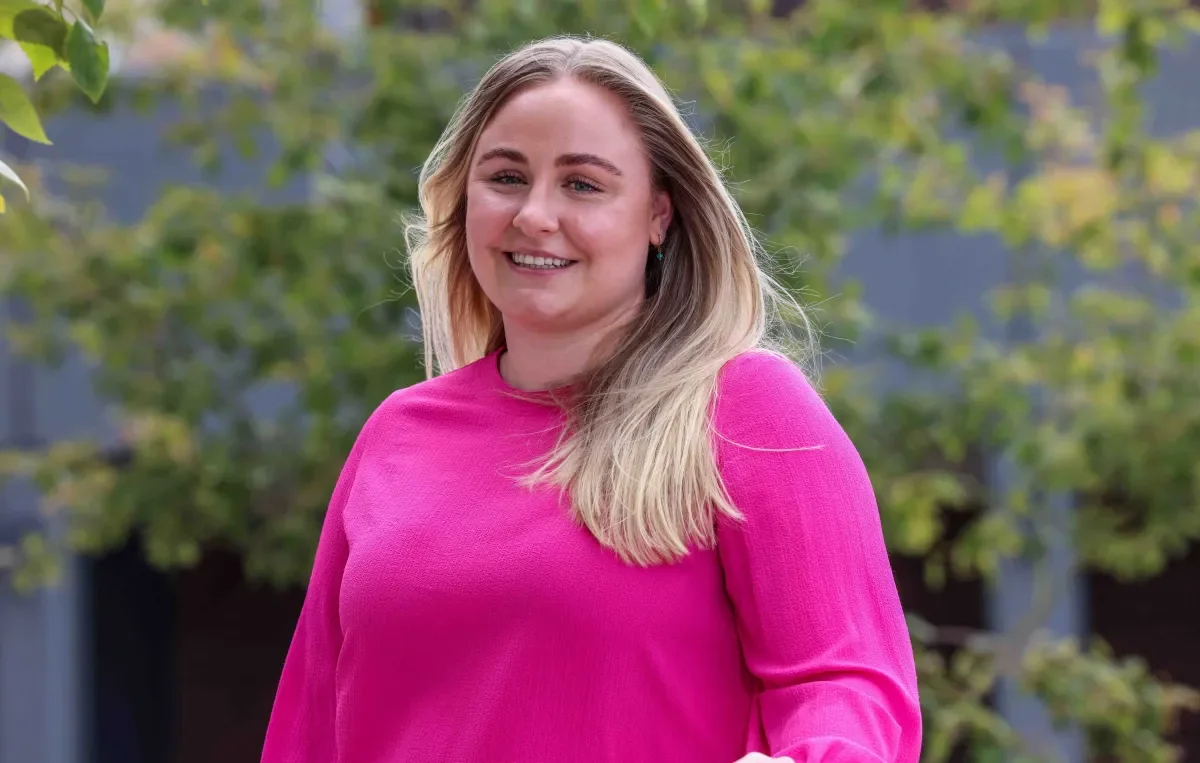

Youth physical activity improving according to all-island study involving DCU
That’s according to the results of the latest All-Island Children’s Sport Participation and Physical Activity (CSPPA) study conducted by Dublin City University, University College Cork, University of Ulster, and University of Limerick, in collaboration with Sport Ireland, Healthy Ireland, and Sport Northern Ireland.
“The latest study underscores the promising progress that is being made in promoting physical activity and sports engagement among Ireland’s youth,” said Dr Hannah Goss, School of Health and Human Performance (SHHP).
Dr Sarahjane Belton and Dr Stephen Behan of the SHHP were also involved with the study along with Dr Una Britton SHHP and the Insight SFI Research Centre for Data Analytics.
“The findings emphasise the importance of ongoing efforts by policymakers, educators and health professionals to cultivate active and healthy lifestyles in the next generation,” said Dr Goss.
Key findings
-
2% increase in children meeting recommended physical activity guidelines since 2018.
-
11% of girls met the national physical activity guidelines compared to 19% of boys. This gender difference was evident in both primary (17% girls vs. 28% boys) and post-primary (9% girls vs. 15% boys) schools.
-
96% of primary and 84% of post-primary students reported participating in some form of sport at least once a week.
-
Primary students reported an average of 85 minutes of PE per week, almost double the 46 minutes reported in 2010.
-
Post-primary students reported an average of 73 minutes of PE per week, which represents a slight decline on the 77 minutes reported in 2010.
-
Fewer post-primary students walking to school than 2018.
In 2022, nearly 9000 10-19 year olds from schools across the Republic of Ireland and Northern Ireland, along with school principals and teachers from many of these schools, completed the survey.
According to the latest report, just 15% of Irish children met the national physical activity guidelines of at least 60 minutes of daily moderate-to-vigorous physical activity, but this does mark an increase from 13% in 2018.
The World Health Organisation's muscle strengthening guidelines were met by 43% of young people, yet a gender gap remained, with 33% of girls compared to 53% of boys meeting the criteria. This was the first time we investigated these muscle strengthening guidelines.
“As well as gender disparities, students with disabilities and those from economically disadvantaged backgrounds reported lower participation rates, highlighting this as a continuing area of focus for future efforts,” said Dr Goss.
Despite the post pandemic challenges faced in 2022, the study revealed high engagement levels in sport, with 96% of primary school students and 84% of post-primary students participating in some form of sport (be that at school or in the community) at least once a week.
“In fact, many students perceived the pandemic's positive impact on health, fitness levels, and physical activity,” said Dr Goss.
Reasons for sports participation included fitness, social interaction, and family influence, while lack of interest and time constraints were common reasons for discontinuing sports engagement.
For detailed information, infographics, and the complete report, visit the official Children’s Sport Participation and Physical Activity Study 2022 website.
https://csppa.ie/csppa-2022-report/
